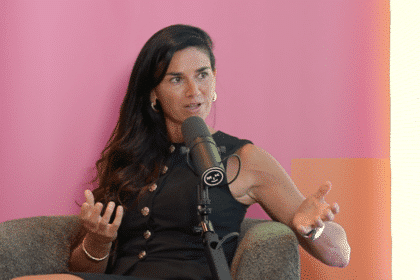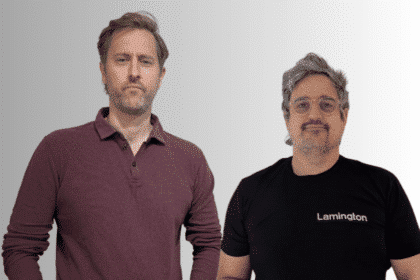According to Jeff Cole, founder and director at research and policy institute Center for the Digital Future, “nobody watches crap anymore”. He also said: “That’s actually not true. We watch plenty of crap. Nobody watches what is crap to them anymore”.
Speaking at ad:tech Sydney this morning, Cole shared his thoughts and research around the disruption and change taking place in the media and entertainment business.
About four years ago, Cole was interested in how much money the average household was spending each month on communication services that didn’t exist a generation or two ago.
He said: “I’m not talking about landline phones which our parents and grandparents had. I’m talking about mobile phones, broadband, cable or satellite, television, Spotify, Pandora or Apple Music.
“Incidentally in America last year, we’ve seen incredible growth in movie subscription plans, which have become much cheaper.
“We found that the average household is spending US$290 a month on all these types of communication services that didn’t exist 30 or 40 years ago.
“Mobile phones have long moved from being a luxury to a necessity. The poorest Americans, the poorest Australians have mobile phones.
“In 2009, at the height of the global recession we saw about two billion American households give up broadband and revert back to dial-up to save $30-40 a month.
“They were back on broadband within a matter of weeks. Because of the internet they had gotten used to, Netflix and YouTube wasn’t possible without it. So Broadband has really moved from a luxury to a necessity.”
Cole also spoke about the changes to television, which he said in Australia is different to the US.
He said: “At our peak, 91 per cent of us (Americans) had cable or satellite. You (Australia) peaked at 32 per cent.
“And 91 per cent of American households were spending $90 a month on TV or cable.
“So what that means is that cord-cutters, the people who don’t subscribe any more are freeing up about $90.
“Or those cutting back on their package are saving about $50 a month.
“The first thing we see about that is that Netflix already has a lock on $10-12 of that television budget. And that’s not likely to change.
Cole said it “drives the head of Netflix crazy” that people pay just $10-12 a month for Netflix.
He also ran through the history of Netflix, which started as the “Red Envelope” business – a mail system where you’d spend $17 a month and you would have five DVDs mailed to you.
At its peak, they were the second biggest customer of the US postal service.
Then CEO Reed Hastings broke Netflix in half. The red envelope business became Qwikster and the streaming part of the business took off.
As it grew, Hastings did something that HBO and Showtime had never done: he added old television shows.
Then they added originals like House of Cards, Orange is the New Black and The Crown.
If you look at it through the lens of what people were spending (i.e. $17 a month to get five DVDs of recent movies sent to them by mail) then what Netflix subscribers get now (i.e. hundreds of recent movies, old television and original content series) is actually worth $50.
However, Hastings started at $8 and now, all he can do is raise it by $1 each year.
Cole continued: “Netflix has dominated this world. They’ve spent $11 billion in original production.
“The problem for Netflix is the only way they can continue to fund this massive production is to continue growing.
“The other thing that gnaws at them is that Amazon is spending $5-6 billion on original content. The moment Bezos thinks he’s tired of competing with Netflix, he can up that spending to $20 billion!”
The studios have of course been doing very well from Netflix.
Yet to make all this money, Cole argues they created their biggest competitor, following the news Disney will no longer be selling any more content to Netflix.
“The minute they did that, everyone knew they were going to start their own streaming service, which will start in December this year”.
Next came WarnerBros, followed by Universal. And, Cole expects to hear that Paramount and Sony will follow.
“What we’re getting right now for $10-12 [a month], we’re going to have to spend $40-50 a month to get movies and content from all these studios.
“I don’t think all of these services are going to survive. We’ve had this incredible bargain for a few years and some will not make the cut.
“The only thing that matters any more is content. You don’t care about channels. You care about the content.
“You’ve heard ‘content is king’. We seek out the good content. We only watch what we want to watch.
“We don’t have loyalty to channels, content is the only thing we see”.








